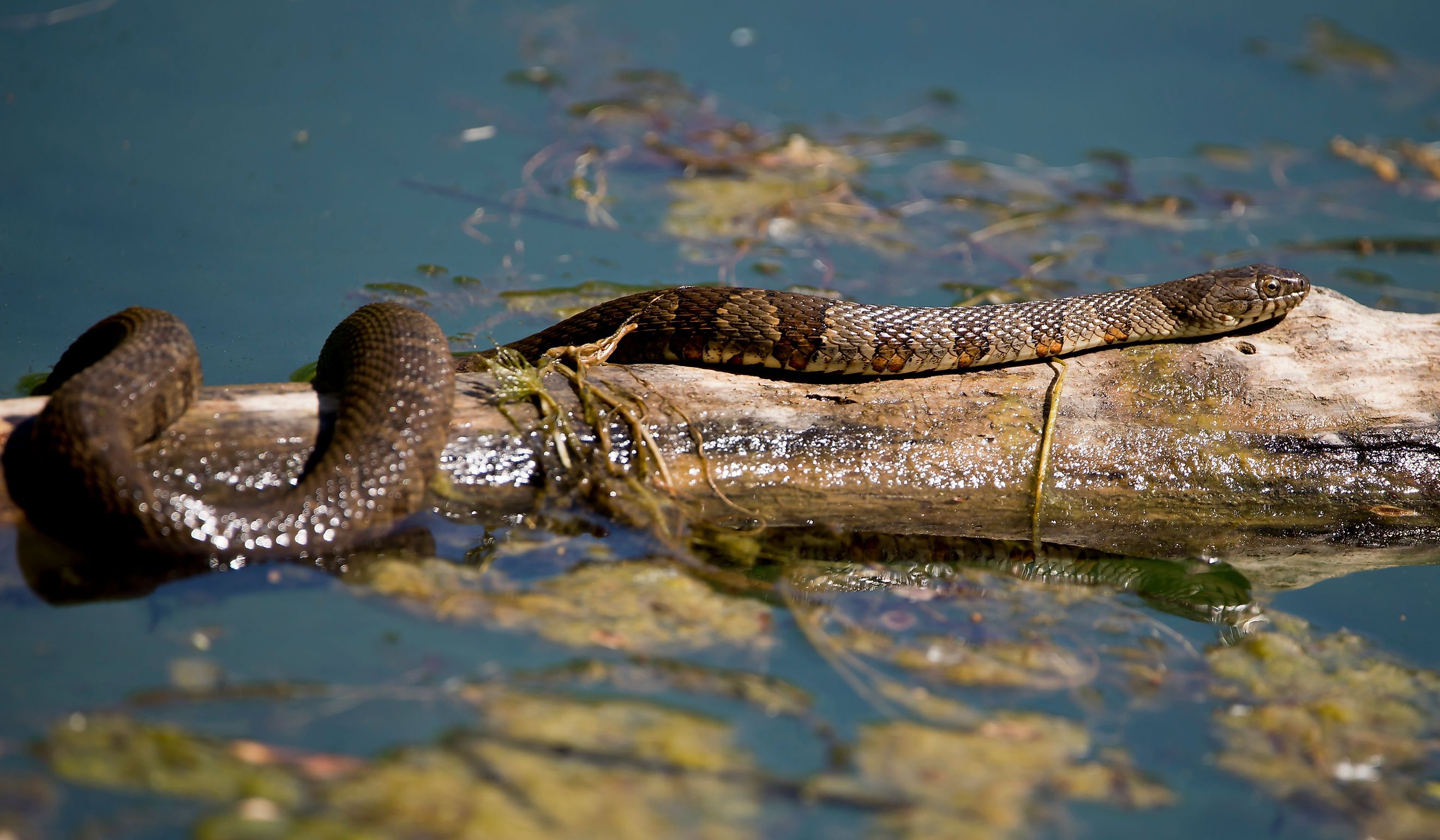
The Most Snake Infested Lakes in New Hampshire
Being one of the northernmost states in the continental United States, most people do not readily associate the state of New Hampshire with a place crawling with snakes. This is fair, as there are fewer species of snake in New Hampshire than there are in most other states, particularly states like Texas, Arizona, or Florida, where the hot climates are ideal for reptilians to thrive. While most states have somewhere between 20 and 60 different species of snake (with Texas having 107), New Hampshire has only 11. Almost all of them are harmless to humans, save for the Timber rattlesnake, which has a rather potent venom, though this is offset by its mild disposition and is known to only rarely bite humans. Among the harmless New Hampshirite snakes is the Northern Water Snake, officially known as Nerodia Sipedon, which makes its home in semi-aquatic habitats, generally near rivers, lakes, and marshes. It is not known to live anywhere in the northern end of New Hampshire but can be found throughout the more lake and river-heavy center of the state.
Squam Lake
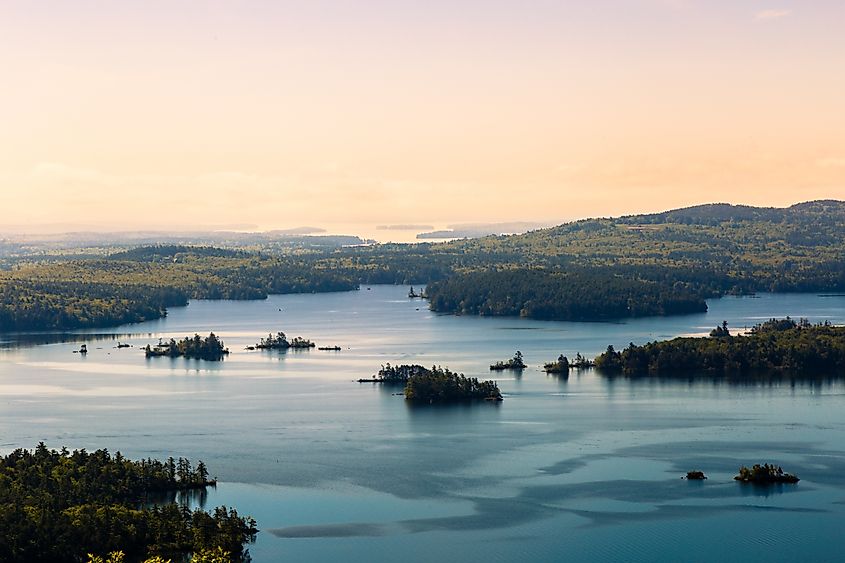
Located in what's known as the "Lakes Region" of central New Hampshire, Squam is the second-largest lake in New Hampshire, behind Lake Winnipesaukee. Squam Lake is known for its peace and quiet and is a favorite fishing spot for many. The Squam Lakes Natural Science Center is based out of the town of Holderness, which offers boat tours of the lake and its roughly 30 islands. Squam Lake is home to birds like bald eagles and great blue herons and is especially famous as a nesting site for loons. Some fish that can be found in the lake include the largemouth bass, landlocked salmon, and lake trout. And, of course, the northern water snake can be found hunting along the water's edge, hunting for frogs, tadpoles, small fish, and even turtles and small birds. The lake also lies just south of a mountain named West Rattlesnake Mountain, so it can be assumed that New Hampshire's only species of rattler, the Timber Rattlesnake, may also reside here.
Lake Winnipesaukee
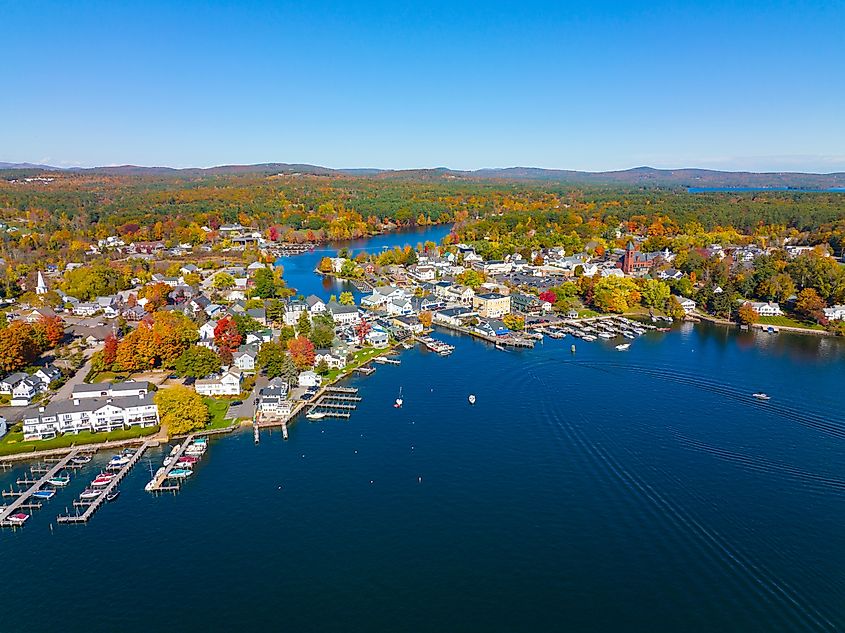
South and east of Squam Lake lies Lake Winnepesaukee, several times larger than Squam and more readily populated; Winnepesaukee is the largest lake in New Hampshire. The lake has over 260 islands and eight towns situated along its shorelines. The main commercial settlement on the lake is considered to be the town of Laconia, though both Meredith and Wolfeboro are also known as tourist destinations. Lake Winnipesaukee is also known for its healthy ecosystem, being a prime destination for birdwatchers and fishermen, and even moose have been known to be spotted there. The lake is also included within the range of the northern water snake, which can be found moving between the hundreds of islands within the lake, hunting everything from birds to insects to reptiles to small mammals.
Ossipee Lake
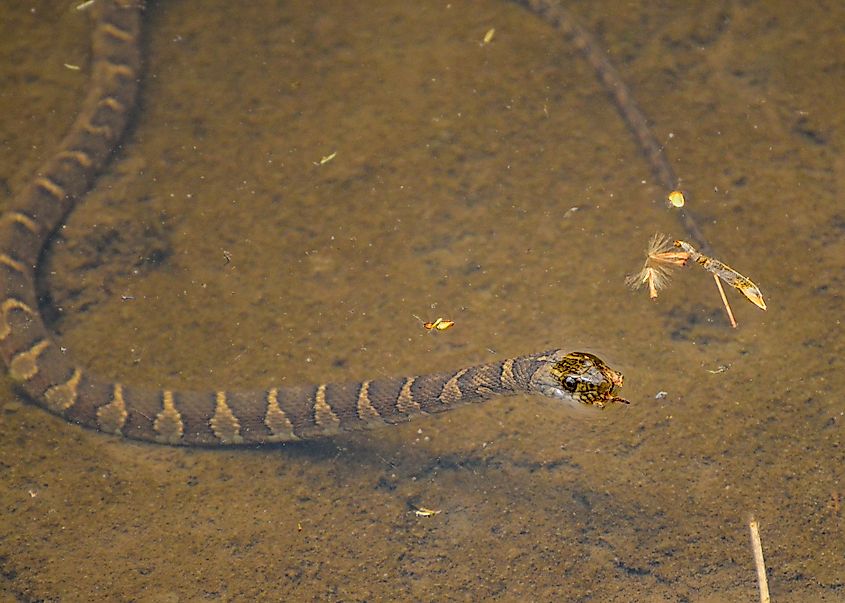
Northeast of Lake Winnipesaukee is Lake Ossipee. This lake has no towns along its shores and lies a few miles north of the actual town of Ossipee. The lake does have an abundance of recreational sites around it however, from campgrounds to rental cottages to RV parks and natural preserves. Due to its relatively reduced amount of human interference, lake Ossipee would likely be a perfect hunting ground for a population of northern water snakes, though they aren't known to preside much further north than Ossipee's northern shore.
Massabesic Lake
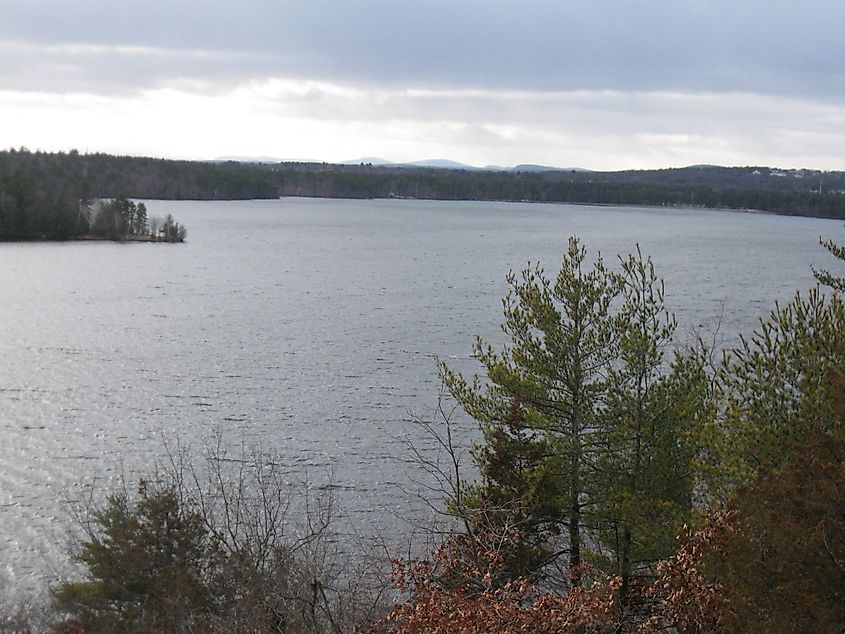
Despite lying along the eastern border of New Hampshire's city of Manchester, Massabesic Lake is included within the northern water snake's New Hampshire range. The shores of the lake are laced with hiking trails, which lead to gorgeous views of both the lake and the city, and the lake itself is known for its fishing, kayaking, and sailing. Swimming is prohibited in this lake, though that is due to the lake providing Manchester with its source of drinking water, which has nothing to do with the snake population posing any sort of risk for swimmers.
Piscataqua River / Great Bay
While not technically a lake, the Piscataqua River feeds into the Great Bay tidal estuary, where both salt and fresh water mingle into one body, in between the city of Portsmouth and the town of Newmarket. The River is home to the eastern hognose snake, which is mostly active in the summer months. Though they are venomous, their venom is completely harmless to humans. The Great Bay is also the home of the Great Bay National Estuarine Research Reserve, a conservation organization that provides hiking trails, interpretive centers, and guided wildlife-watching walks around the bay and throughout the Great Bay Wildlife Refuge. While New Hampshire's water snakes have been known to occupy the Great Bay region, they have only been observed along the western shore and do not range along the northern, eastern, or southern shores of the estuary, likely due to the presence of saltwater.
While many of New Hampshire's lake and watershed systems provide suitable habitats for a handful of snake species, particularly the northern water snake, it should be noted that the word "infestation" implies a sort of malignant scourge, which is not an accurate framing for these important species. In fact, predatory native species like the water snake are crucial for keeping populations of invasive, ecosystem-destroying species in check, meaning that seeing a water snake in a body of water is actually a sign that the lake is healthy and thriving.
While ophidiophobia, the intense fear of snakes, is one of the most common phobias among humans, it is important to recognize that almost every species of snake that calls New Hampshire home is completely harmless to us. And for the one species whose venom could pose a threat to a human being, bites are exceedingly rare to begin with, and of those few who are unlucky enough to be bitten, survival is almost always guaranteed if medical care is sought out. Keep in mind that the above lakes are not "infested" with snakes, they are simply places in which snakes live, and have lived for a very long time.











